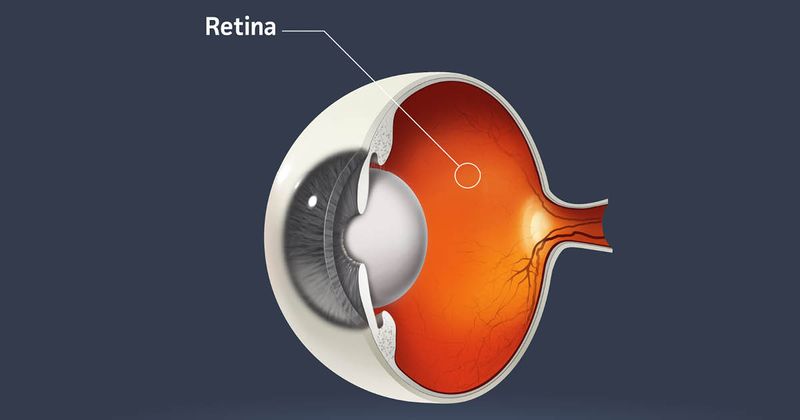Several modalities effective in geographic atrophy diagnosis
Click Here to Manage Email Alerts
CHICAGO — Different imaging modalities are effective for the diagnosis of geographic atrophy, according to a speaker at the American Academy of Ophthalmology meeting.
SriniVas R. Sadda, MD, said over the years, flash color fundus photography has been the gold standard for geographic atrophy (GA) diagnosis. However, newer modalities are becoming more effective.

Image: Adobe Stock.
“We have a definition for atrophy of a sharply demarcated region with depigmentation and increased visibility of choroidal blood vessels,” he said. “That served us very well for a number of different studies. But the problem is this requires good stereopsis, and sometimes we don’t have sufficient contrast.”
This means that color fundus photos are not always practical, particularly for clinical trials, Sadda said.
Blue-light fundus autofluorescence, a more recent technology, has been a useful tool in clinical trials because it provides sharper contrast. However, blue light can be uncomfortable for some patients, and repeat use in patients with atrophic macular disease can be toxic, Sadda said.
Sadda said retina imaging is in the era of confocal color, green fundus autofluorescence and OCT. Studies have shown that these modalities are effective for the diagnosis of GA, as well as for measuring progression
Although microperimetry is not the best tool for the initial diagnosis of GA, Sadda said it can be helpful to track functional progression.
As more therapies become available for GA, Sadda said technological advances will help manage patients and facilitate the different imaging methods.
“Automatic quantification enabled by AI tools is really going to make a difference in this new era,” he said.

